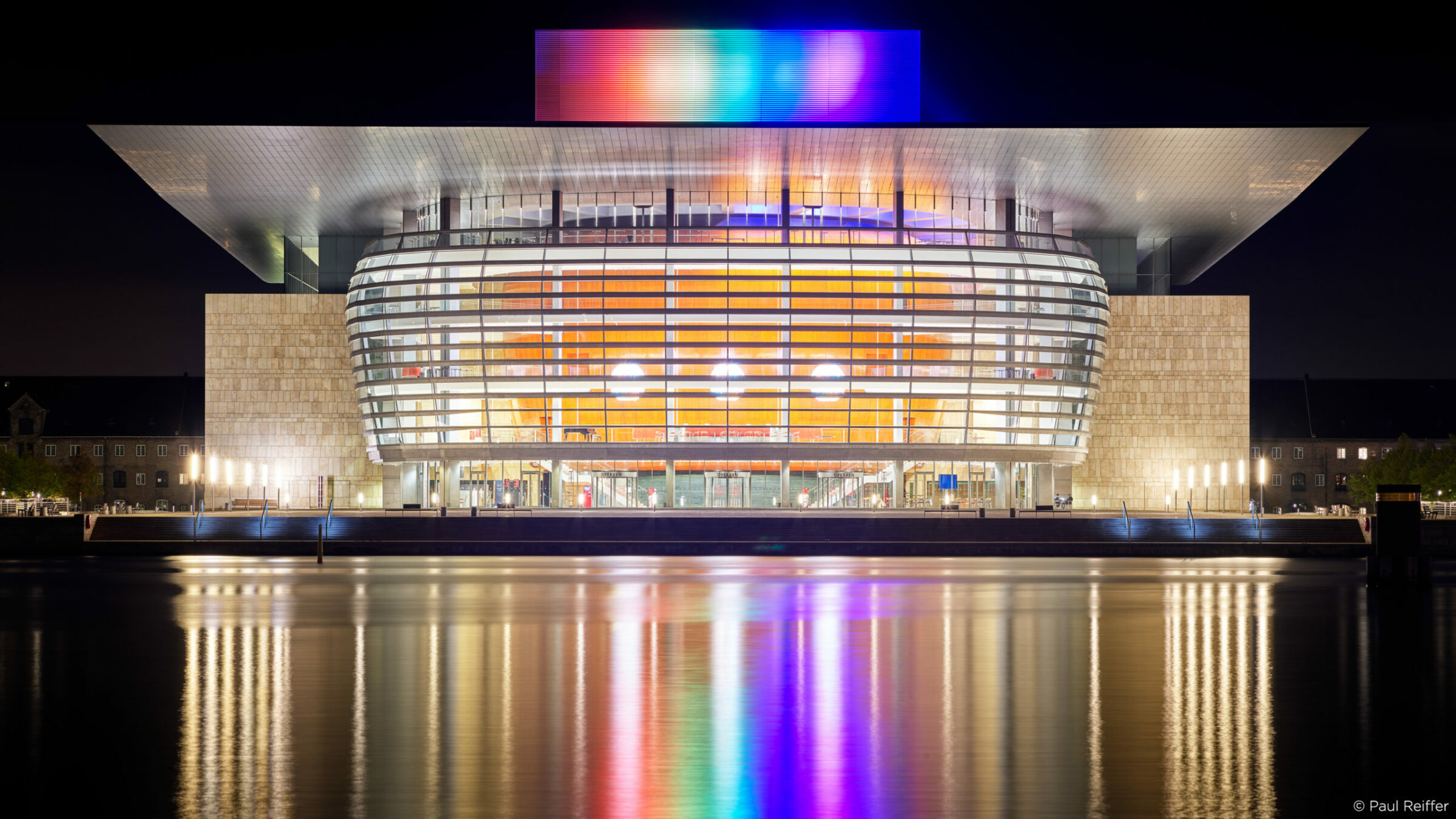We sat down with Phase One Photographer Paul Reiffer to find out how he got started, dig into his on location kit and workflow, and learn why Phase One solutions are ideal for his commercial work to truly capture the essence of a place and satisfy client requirements.
What got you interested in landscape and cityscape photography?
“Photography has been a part of my life since I was young. My father had a darkroom in the attic and from time to time I’d be in trouble for wanting to play “chemical curiosity”. But, being young, when you’re told not to do something you only want to do it more – I think that definitely peaked my interest and I’ve been drawn to photography ever since, always taking photos with cameras my parents bought me as I grew up.
As I got older, I studied photography for a while in London, as well as with some contacts I had in the USA. Most of what I learned was studio based, controlling and understanding light with strobes and models. However, following that education my work set me on a path that required constant travel. Traveling around the world and working during normal business hours really only provides you with early mornings and late evenings to try and decompress. It was those golden hours that I found myself out in the cities I’ve traveled with a camera. Though my previous profession is now well behind me, the satisfaction I always got in photographing landscapes and cityscapes has stuck and itself turned into a great living.”
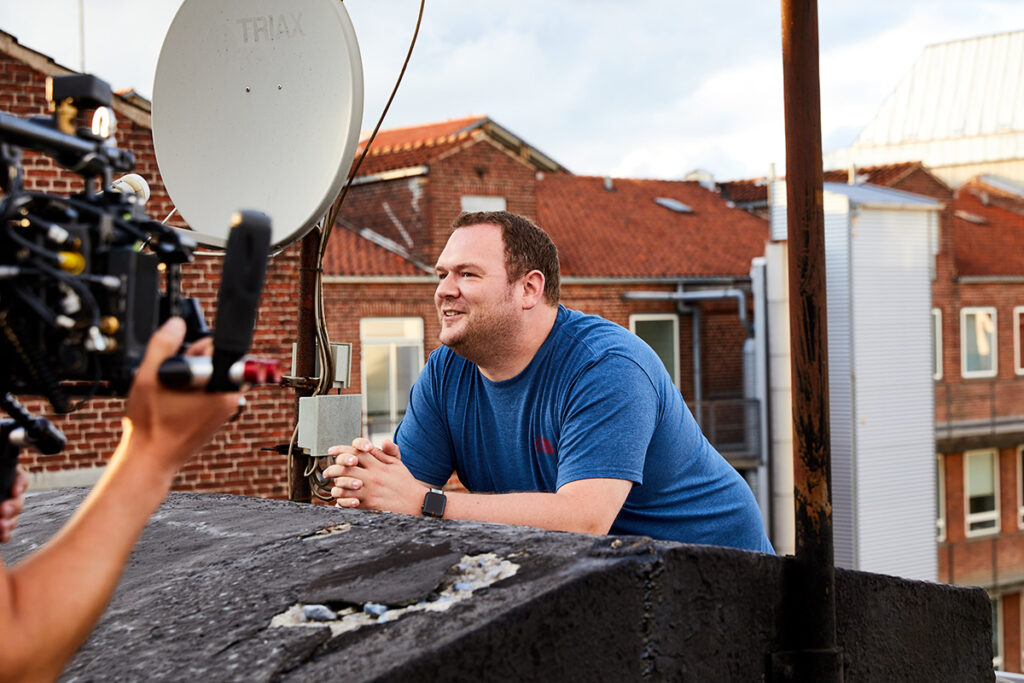
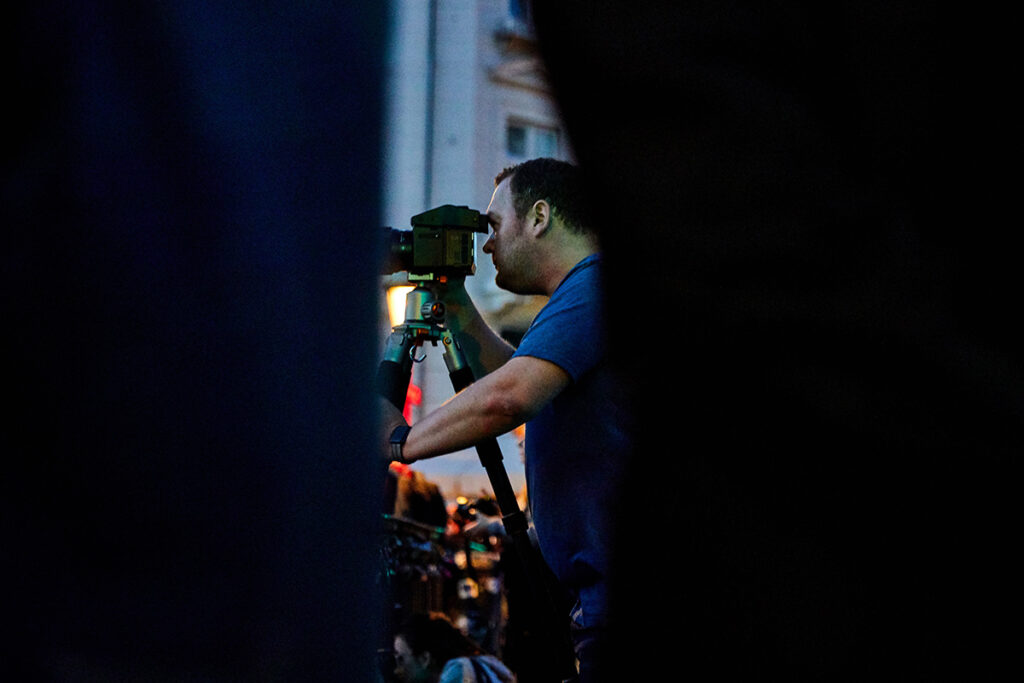
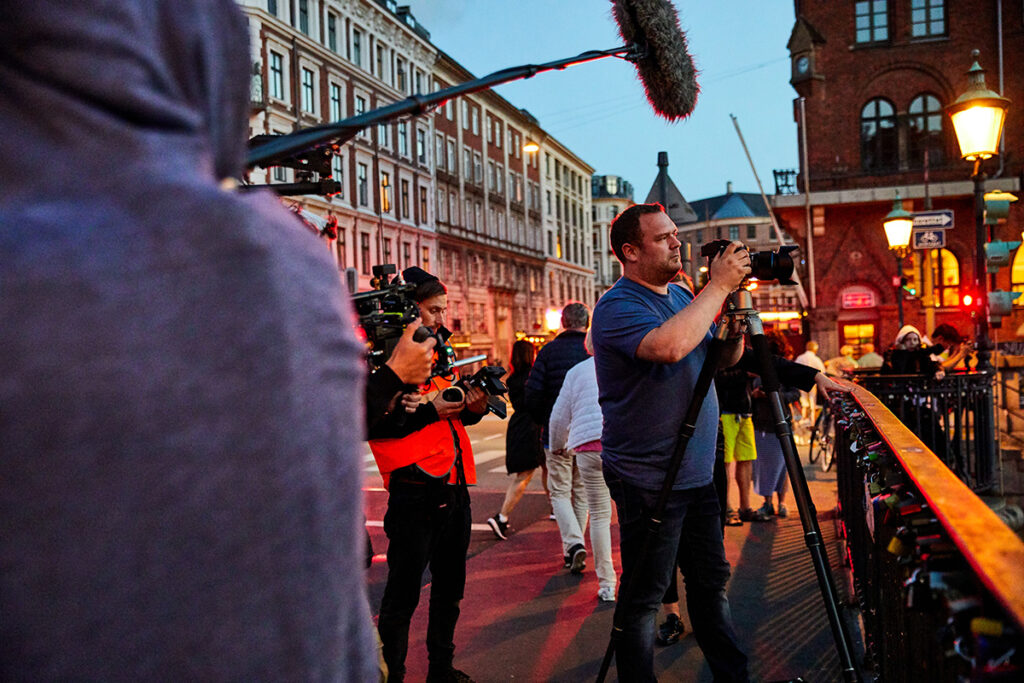
What is important to you when preparing for a commercial shoot? How does that differ from your landscape and cityscape requirements?
“The biggest difference is the conversations with the clients leading up to the shoot. It’s one thing to have a conversation and be hired for a job, it’s quite another to understand what it is the client actually wants from you as a photographer. A client typically comes to you because they like your style, however the trick is understanding if they want you to apply your style to their project or if they simply want you to create their vision… regardless of your own style itself.
The next complication is truly understanding what it is you’ll be shooting. Let’s say a hotel hires you to capture the beauty of their amazing views, which, when described seems like a great fit for a landscape photographer. However, when you show up you come to realize that the amazing view they want you to capture also includes the interior of the executive suite… If you don’t understand that before travelling to the location you may find yourself in a situation without interior lighting or even the correct lenses.
Even with these conversations, my preparation is almost always much more than people would normally think necessary. Despite being a landscape and cityscape photographer, I’m typically traveling with a significant amount of flash equipment… just in case.
Which brings me to the most important aspect of my commercial work:
When at all possible, if you’re shooting for a nice hotel in a fantastic location, be sure to book for at least 4 days to accommodate weather. It’s never worked out that a one day booking by chance falls on the day with perfect weather to do exteriors… and even if it does, well, you’ve got a few days to relax at a nice resort afterwards!”
What were your initial thoughts when Phase One asked you to be one of the first photographers to shoot with the XF IQ4 150MP Camera System?
“My initial reaction was, of course, a mix of pride and flattery. But once I got over that the reasons for being chosen became clear. Though I, as a photographer, am certainly not chasing resolution as a selling point (I openly acknowledge that not everyone needs 151-megapixels of detail) it’s actually my clients that are the ones demanding it. Regardless of what they do or do not understand about camera technology, they all understand the technology drive towards higher and higher resolution, it’s something known to everyone regardless of their tech knowledge…
I mean, everyone owns a TV and has witnessed the rapid growth from 720p to 1080, to 4k, to 8k in just the last decade – our expectations and demands of image clarity have simply changed, for the better.
A lot of my commercial work is printed and displayed on a large scale. That scale, of course, doesn’t require high resolution if it’s a billboard and meant to be seen from 100’s of meters away, but my clients are asking for 16-meter-wide panoramic wall coverings that will be viewed from less than a meter away. Because of this, the advantage of resolution becomes clear not only to me but to my customers. With long exposure images of cityscapes, with light trails and moving clouds, stitching certainly isn’t a viable option. So, the highest resolution single capture means the largest scale output possible.
Commercially, for me, resolution really helps.
What did surprise me was the quality and future flexibility of the BSI sensor that was in it too – when we discussed the tech specs, and the direction that Phase One wanted to take the IQ4 series, it really was a game-changer.
When I talk resolution, I’m happy that Phase One have made my output format even bigger. When we’re talking about the new sensor technology, however, well – that’s all about the input, the quality of the capture itself, and that makes my images stand out from the crowd.
When you place a $200-300 filter in front of a $6000 lens, you’re always worrying about the risk to the image – reflections, moire, interference – hoping that you didn’t do any “damage” to the scene you were trying to capture. With frame averaging, there are now certain situations where I don’t need to take that risk, so again: better input = better output.
The functional changes and other new features makes my life easier too. The less equipment I need to bring with me and time taken to set up each shot, the more productive I can be. Having features like dual memory cards and external power bank charging means I can shoot all day long without worry of storage, corruption or loss of power – which, when you’re on a mountain-side or city rooftop, can be the difference between getting the shot or losing it.
Little things like this just make my life easier.”
What are the advantages of shooting with the IQ4 150MP Camera System for landscape and cityscape photography?
“My assumptions going into the first shoot with the IQ4 150MP were pretty obvious, I was expecting nothing more than to shoot with a new camera system that offered a higher resolution sensor. However, much to my surprise, the advantages (the real advantages to me as a photographer) were almost overwhelming.
Phase One, as a company, is full of clever and passionate people who really understand my needs as a photographer and getting my first walkthrough of the product it became clear that resolution was the very last thing on their priority list. The IQ4 is truly redesigned from the ground up and a lot of the features that were presented to me, with ideas being bounced all around the room, were ones that will absolutely change the way in which I approach photography.
The Frame Averaging feature, for example, was one in the very early stages of Beta and something that will certainly take time to grow and mature, but by its very nature it means that I can worry less about the accessories I bring to a shoot (how good, really, is a $200-300 filter in front of a $6,000 lens) and focus more on enjoying the process. For example, the scenario I mentioned previously about shooting a bright and vibrant vista outside the window of a comparably dark and detailed room, is the perfect use for this new feature. I won’t have to struggle with filters and strobes, or even consider the horror of “blending” as I see many try to do; instead I can capture one clear shot of all the elements within the image and get complete detail without blowing out highlights despite the extreme dynamic range required.
Beyond those future possibilities, the immediate advantages really just come down to the speed and flexibility of the system. I was tethering without a cable, wirelessly controlling the camera and evaluating live view comfortably from wherever I needed to be. I have the flexibility to use another tech camera if I need, yet I still keep the exact same functionality and workflow that I’ve gotten used to. And I know that no matter what the client needs for the final delivered image, I have the resolution to meet their expectations.”

Photographer Stories
Karen Culp
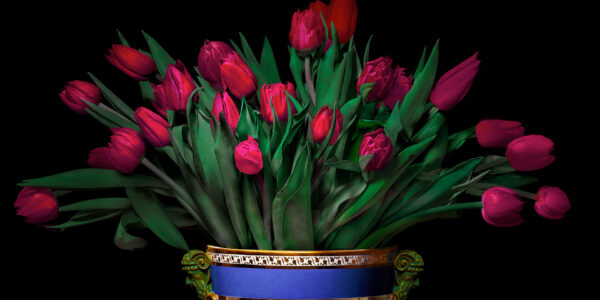
Photographer Stories
T.M. Glass: Flower portraits
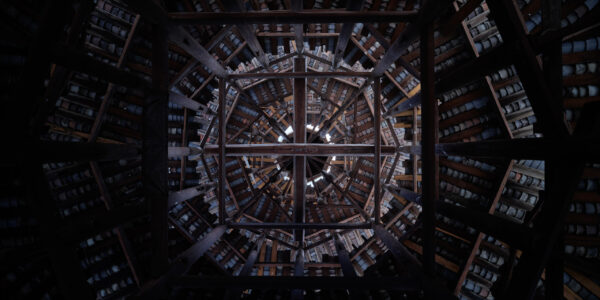
Photographer Stories
Preserving ancient Chinese buildings – Dong Village
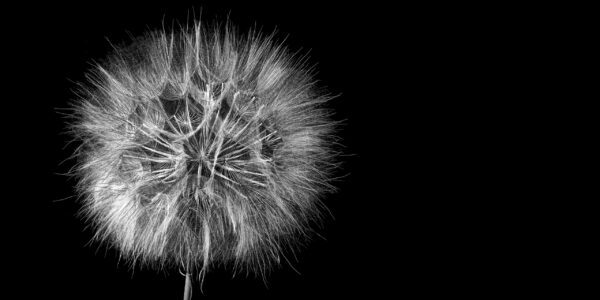
Photographer Stories
Jeff Puckett – The Art of Photogravure
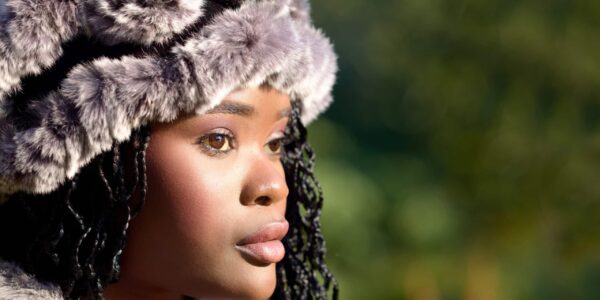
Photographer Stories
Carollyne Sinclaire – A Portrait of the Heart
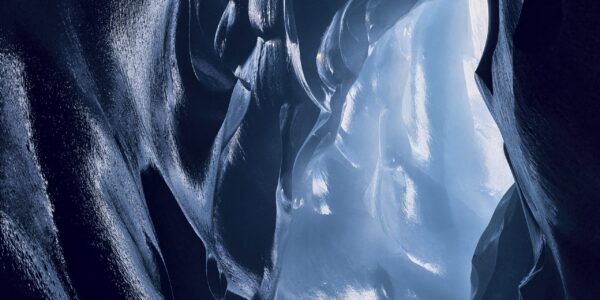
Photographer Stories
A photograph can freeze time. Can it also mobilize human action?
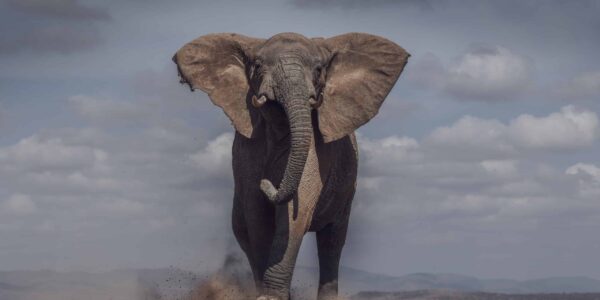
Photographer Stories
Guadalupe Laiz – Up Close and Personal
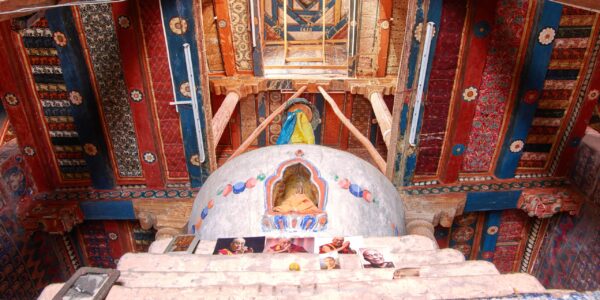
Photographer Stories
How Did a Remote Himalayan Monastery Show Up in New York City?
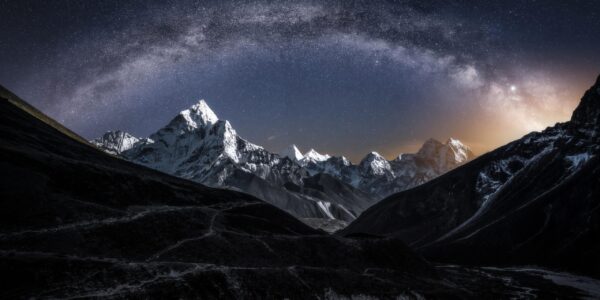
Photographer Stories
Thomas Biasotto Moments beyond Imagination

Ambassadors
White Forest by Gemmy Woud-Binnendijk
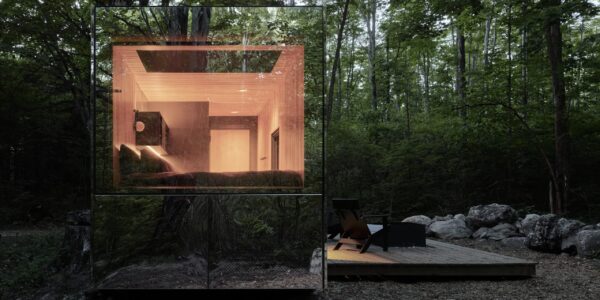
Photographer Stories
Photographing the invisible
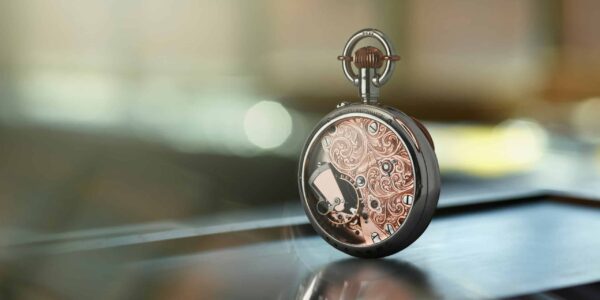
1-Minute Inspiration
Young and Hungry – Upgrading your career and kit with Phase One
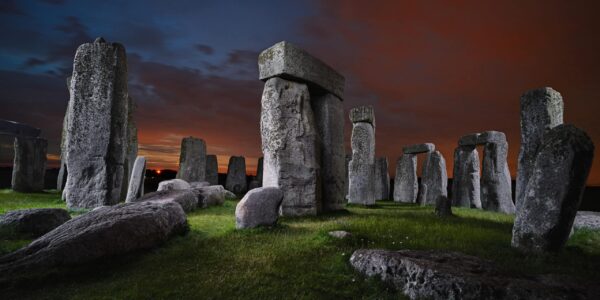
Ambassadors
Stonehenge Revealed
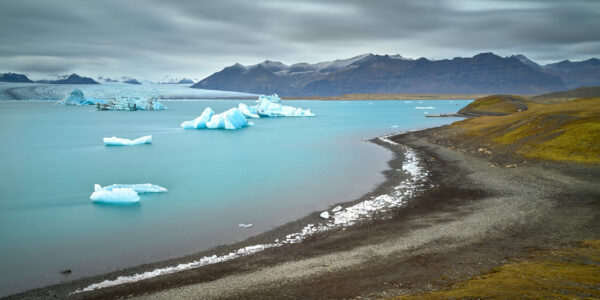
Photographer Stories
Iceland through the lens
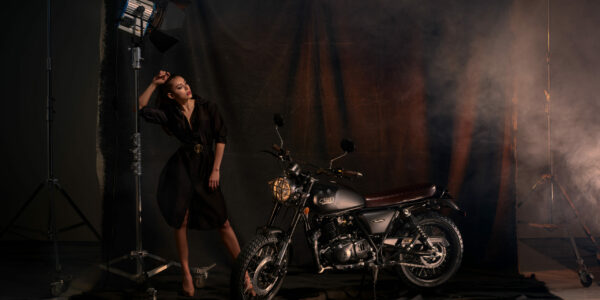
Photographer Stories
Composing soft even lighting in photography
